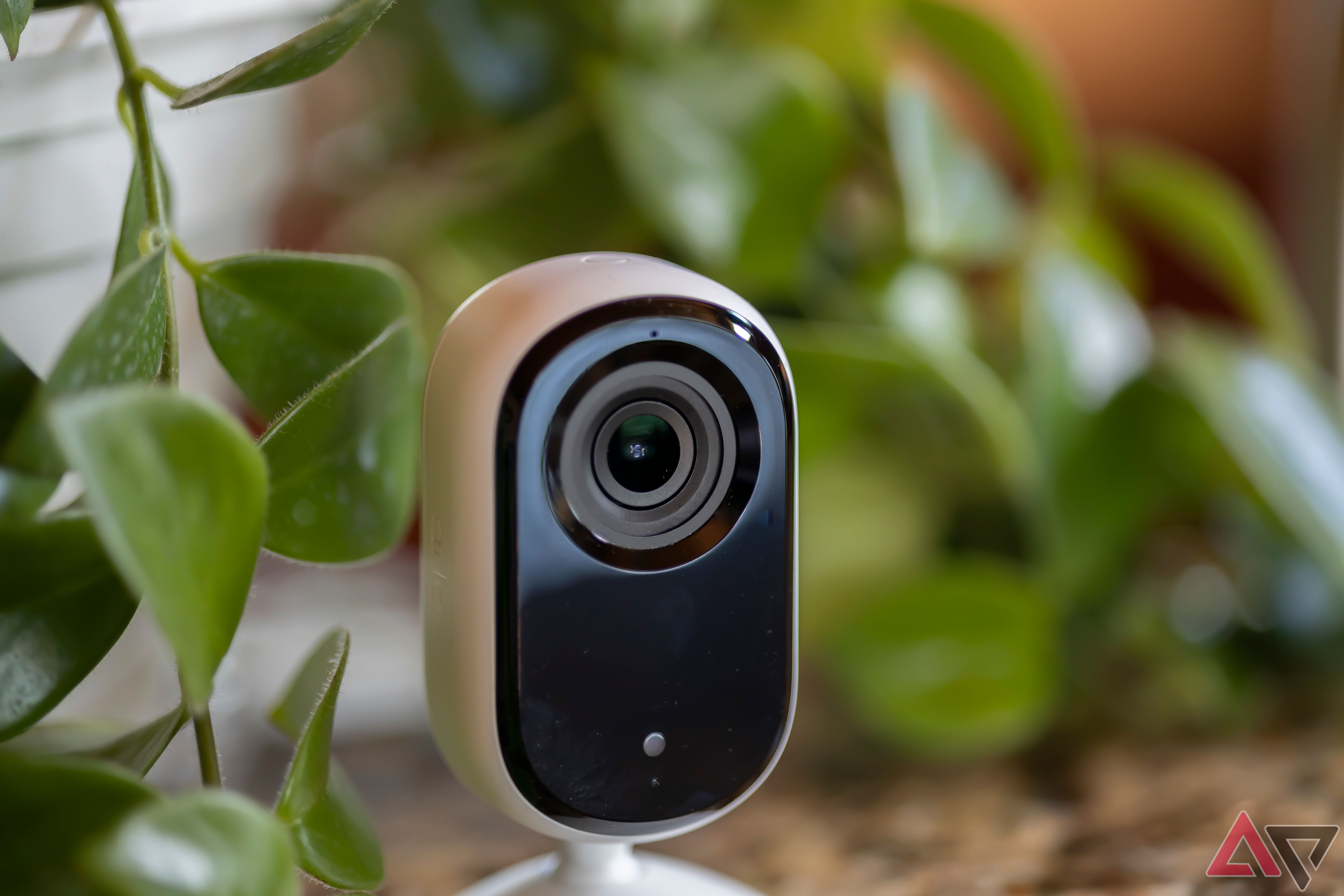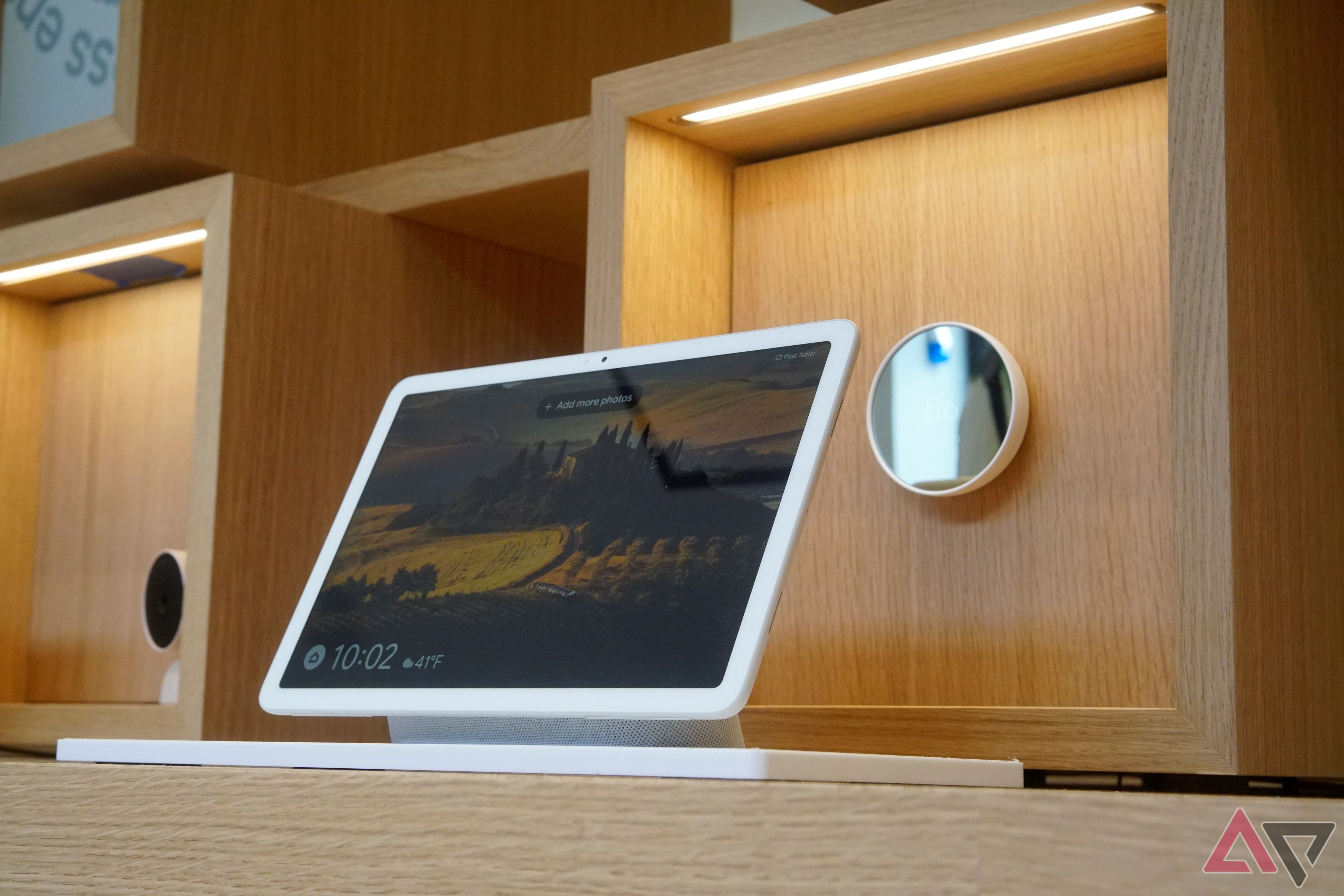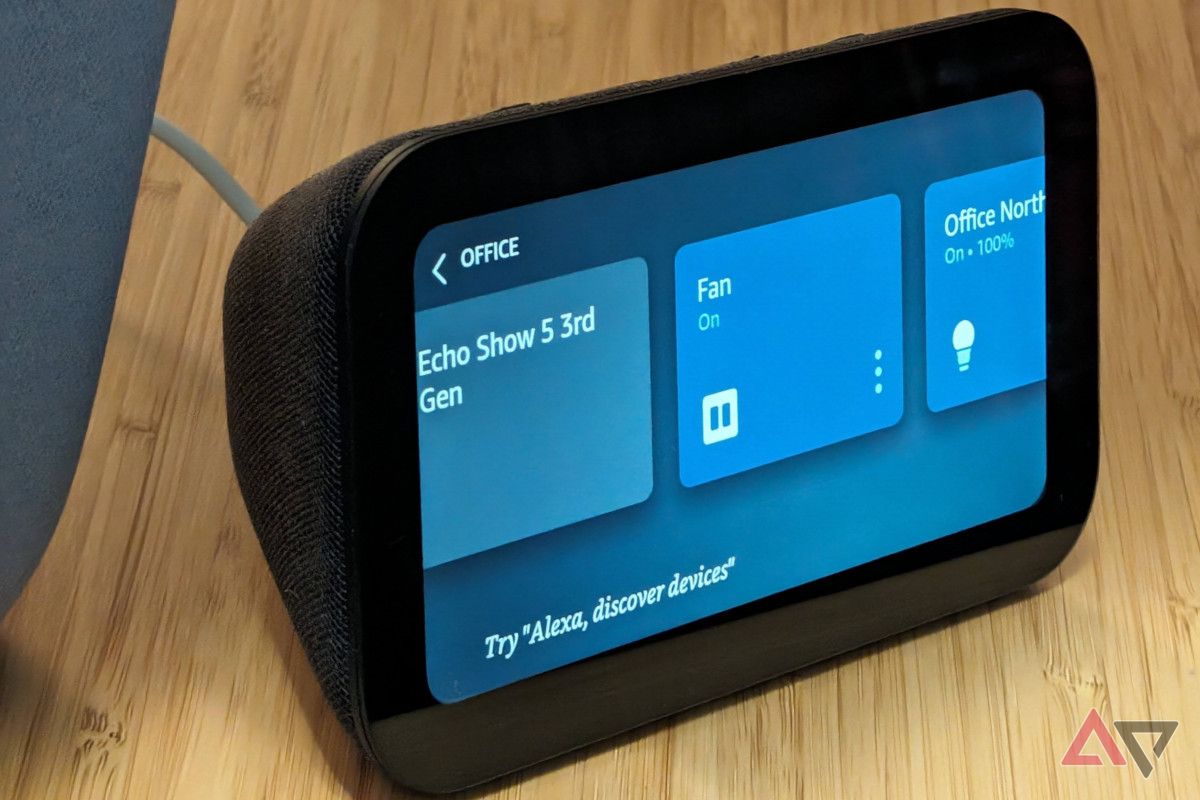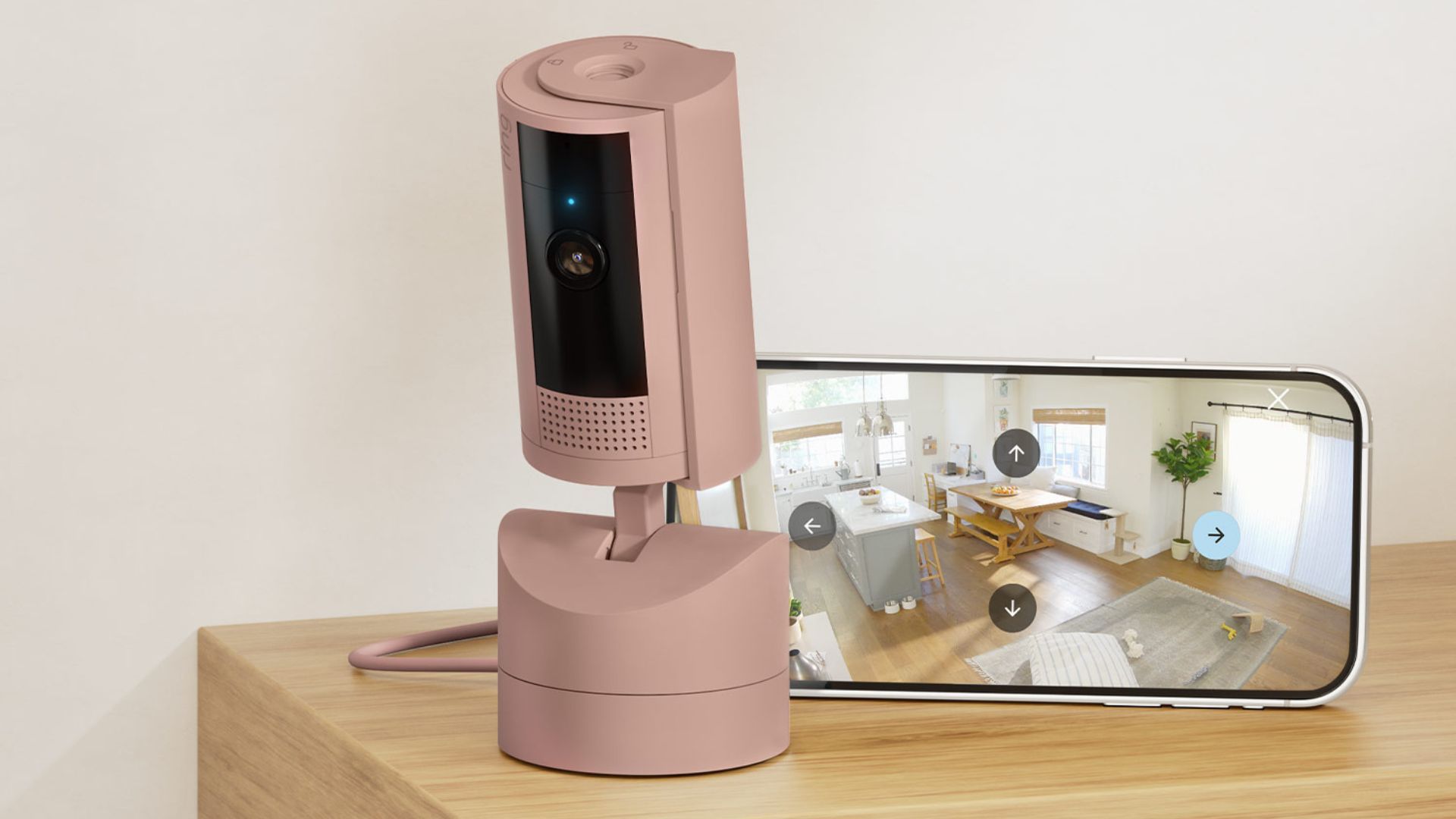We live in an era of digital transformation, and the concept of a “smart home” is becoming popular due to its convenience and efficiency. From security to lights and temperature, these technologically advanced homes are equipped with interconnected smart devices to make our lives comfortable and easier. Like other electronics, they can have issues.
Whether you have problems with a smart bulb, fan, security camera, robot vacuum, thermostat, or smart display from Amazon or Google, this guide goes over common smart home problems and practical solutions to overcome them. Then, you can navigate your smart home ecosystem without errors.
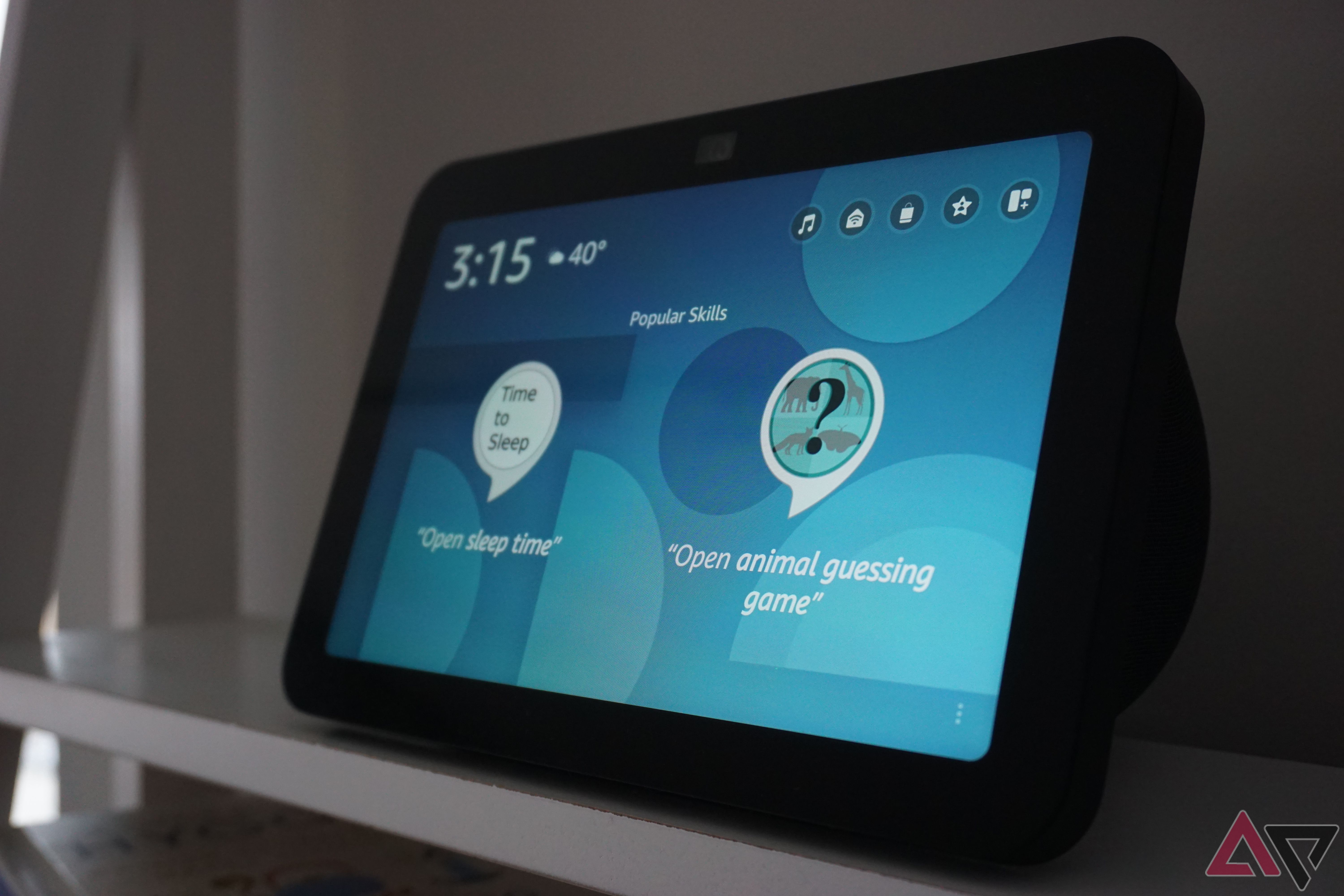
How to set up Alexa smart home automation
Alexa Routines are a free and powerful way to automate your smart home devices
1 Compatibility issues
There’s no shortage of smart home manufacturers and vendors. While Amazon, Google, Apple, Philips, and other leading companies have agreed upon the Matter protocol, hundreds of devices still use Z-wave, Zigbee, Wi-Fi, and other standards.
If your preferred devices use different communication protocols, they may not work with each other properly. When you add products to your shopping list, check their compatibility with your existing devices and platforms to avoid such scenarios. Most manufacturers mention compatibility on the packaging.
2 Broken connectivity
Smart home products rely on an active internet connection to function properly. If all your smart home products act up, your home’s Wi-Fi connection is the main culprit. Restart the router and try again.
Weak internet connectivity can also result in inconveniences. Place the router near your devices for a stable connection. Physical barriers (like walls and large furniture) and Bluetooth devices (such as microwaves and ovens) also break Wi-Fi connectivity. Think twice before setting up a router at home so that it can communicate with all smart home devices properly.
3 Battery drain
Several smart home products rely on batteries to function correctly. When these batteries run low, the device doesn’t function properly. Similarly, some devices, such as security cameras, smart displays, and more, must be connected to a power source all the time.
Connecting too many devices to the same power source may overload the source and cause insufficient voltage and power supply. Check the battery life on these devices occasionally and make sure they aren’t placed in weak Wi-Fi zones. A spotty connection may force it to work harder, resulting in battery drain.
4 Automation and Routine failures
Most smart home devices are compatible with voice assistants like Alexa, Siri, and Google Assistant. You can use these assistants to set up automation and routines via a single voice command. However, the entire command execution isn’t always smooth. Multiple factors can break your automation rules and routines.
Network outages, incorrect settings, a spotty internet connection, or a sync delay can break your set routines. You can fix the network connection, delete and create automation again, update your devices to the latest version, and wait for a specific company to fix the network outage. Also, avoid setting up too many devices in a single automation. It should bring down the routine failure rate.
5 Issues with the voice assistant
Support for voice assistants plays a crucial role in a smooth, smart home setup. Many owners have complained about their preferred voice assistants not understanding their commands accurately. It could be due to background noise, different accents, speech patterns, and context variations that can result in misinterpreted commands.
Give commands with clarity. For example, instead of saying, “Turn on the fans,” say, “Turn on the fans in the drawing room.” Avoid using slang, technical terms, and unusual vocabulary in your voice commands.
6 Hardware failures
Hardware failures are common in smart home products. Sometimes, you may run into a damaged circuit board, blown fuses, capacitors, or dead batteries on a smart home product. There isn’t much you can do when dealing with physical defects.
If possible, replace the malfunctioning part. You can also hire a professional to take a closer look. If your device is broken beyond repair, purchase a new unit to continue your seamless smart home setup.
7 Security concerns
Smart home devices like security cameras, smart displays, and more constantly monitor movements. These companies also collect large amounts of data to improve their products. Unauthorized access to your smart devices can result in a nightmare. Avoid setting up weak passwords on your home Wi-Fi network.
Also, install the latest firmware updates to enjoy security patches. Avoid third-party apps and use official apps to manage your smart devices. When a manufacturer updates its privacy policy, read it before agreeing to it.
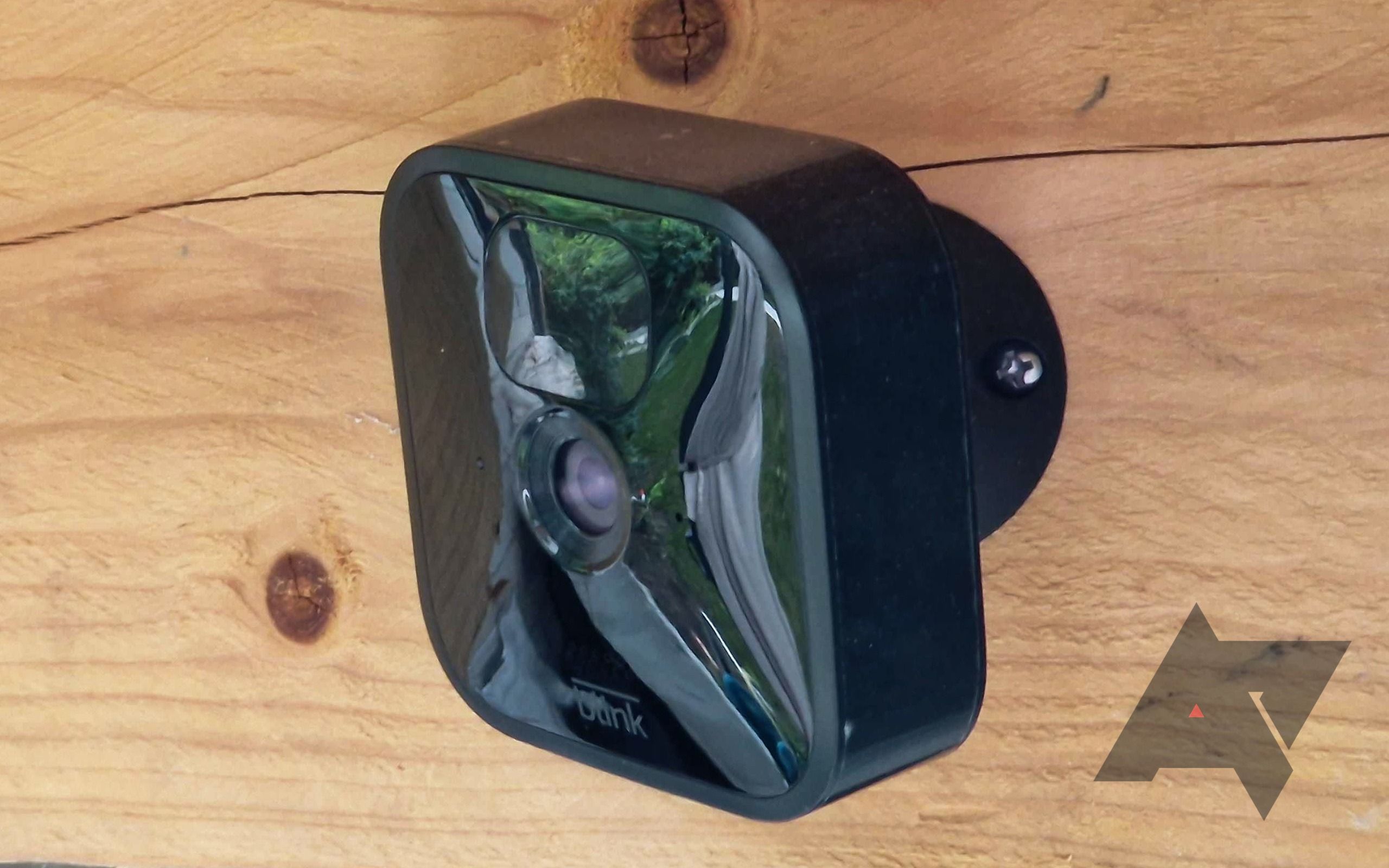
How to make your own theft-deterrent system with smart home products
Be safe at home without breaking the bank
Get your smart home up and running in seconds
Constant errors with smart home products can spoil your ideal setup in no time. Before calling customer care, troubleshoot the problem using the suggestions above. If you live in the Android ecosystem and plan to invest in more smart home products, glance over our dedicated buying guide to learn the top recommendations.




